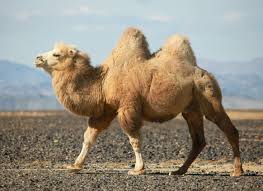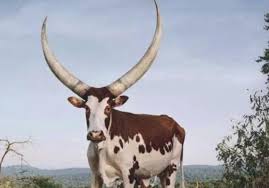Sodium Selenite + Vitamin E Injection
Name:
Sodium Selenite + Vitamin E Injection
Common Content:
5% sodium selenite + 0.05% vitamin E
10% sodium selenite + 0.05% vitamin E 478
Common Volume:
500ml, 1000ml per bottle 478
Applicable Animals:
Cattle, sheep, goats, swine, horses, camels, deer, buffaloes, yaks, pets, and other livestock used in animal husbandry worldwide (includes developed and developing countries across all continents) 47.
Usage and Dosage:
Please follow professional veterinary guidance for exact dosing.
Cattle and Buffalo
Calves (growing): Dosage should align with selenium requirements, typically 0.1-0.3 mg selenium/kg body weight by intramuscular or subcutaneous injection.
Adults: Same as above, adjusted for body weight.
Sheep and Goats
Lambs/Kids: 0.1 mg selenium/kg body weight IM or SC.
Adults: 0.1 mg selenium/kg body weight IM or SC.
Swine
Piglets: 0.02-0.06 mg selenium/kg body weight IM or SC.
Sows: 0.1 mg selenium/kg body weight IM or SC.
Horses, Camels, Deer, Yaks, etc.
0.1 mg selenium/kg body weight IM or SC.
Vitamin E content is calculated to match animal requirements at the above selenium dosages. Use dosages for vitamin E appropriate to the animal type and consult with a veterinarian for regional adjustment.
Indications and Symptoms:
Prevention and treatment of selenium and vitamin E deficiencies.
Specific conditions: White muscle disease (nutritional muscular dystrophy), reproductive disorders related to deficiency, weak newborn animals, poor growth, immune dysfunction.
Precautions:
Selenium has a narrow safety margin. Do not overdose to avoid toxicity.
Carefully calculate dose according to body weight.
Do not simultaneously use other selenium sources.
Observe withdrawal periods for food-producing animals if applicable.
Store in a dry, cool place away from sunlight.
Contraindications:
Animals with known hypersensitivity to selenium or vitamin E preparations.
Do not use in animals with adequate dietary selenium.
Do not administer to severely ill or debilitated animals unless directed by a veterinarian.
Post-medication Care:
Monitor for signs of selenium overdose: loss of appetite, dyspnea, diarrhea, alopecia, hoof separation.
Provide supportive care if adverse reactions occur.
Ensure a balanced diet to prevent recurrence of deficiency.
Veterinary follow-up is recommended to assess efficacy and animal health status after injection.
Applicable Animals
Animal species suitable for this veterinary medication


